Garden’s blooms bursting thanks to mild winter
We didn’t really have much of a winter this year. In spite of dire forecasts of a wetter and colder than average El Nino winter, it was a milder and drier than normal winter.
As a result, spring is spectacular in the garden this year. Some fall-blooming plants never even stopped blooming.
My ground orchids were zapped by the late freeze last year when their leaves were only 1/2 up out of the ground. Bletilla striata are deciduous orchids that come back reliably year after year. They are bulbous rhyzomes, and can have up to 10 flowers per stalk. I first saw them in my friend, Eleanor’s, garden and fell in love with them. I started with 3 several years ago, and they are slowly starting the spread and fill in their space. They’re special to me since I can’t seem to grow orchids indoors.
But the mild winter hasn’t been as fun for the hellebores. There are only a few of them blooming — they really prefer to have cooler temperatures in the winter.
I’ve searched through all my receipts and records and can’t match the names of the daffodils I’ve bought with this variety. Any ID suggestions? She’s so pretty.
The Mexican bush sage is STILL blooming from last fall. Crazy.
These osteospermum are blooming again — they are considered half-hardy perennials or sub shrubs, so this was the perfect year for them to show off.
The hideous bed (it’s a long story!) is full of color. The homestead verbena create a bed of purple for this sculptural yucca.
The hot heads of Mexican honeysuckle are beginning to appear in the background of this cardoon — a striking cousin of the artichoke.
Looks almost like a bursting firecracker, doesn’t it?
I moved the Mexican pottery birdbath here and can’t wait for the blue salvia ‘limelight’ to grow in and bloom behind it. In front are a few yellow Calylophus and to the left of the ‘limelight’ is an orange Tecoma stans ‘bells of fire.’ I think those hot colors will echo the pattern in the Talavera nicely. Here is what the ‘bells of fire’ looked like last summer.
This whale’s tongue agave, ‘ovatifolia,’ has grown quite a bit since last year and it’s growing on me. And, I don’t have to cut out pups from around it every month!
One last little photo — this gold zebra heucherella that I planted last fall has tiny, delicate blooms on it this morning. I didn’t realize that they would bloom – I have a few others that have never bloomed in about 6 years. A sweet little garden surprise.



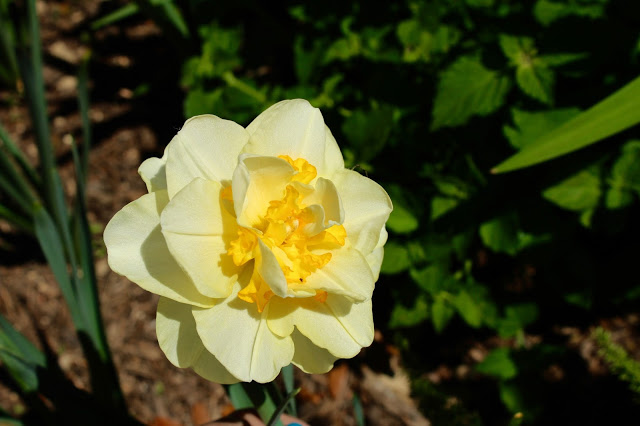

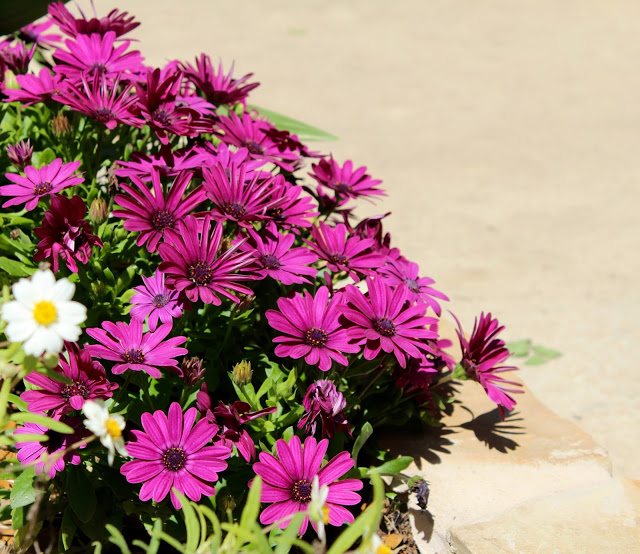


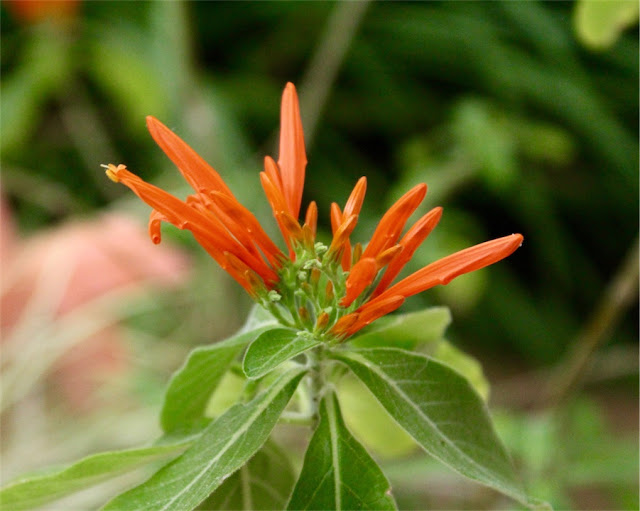

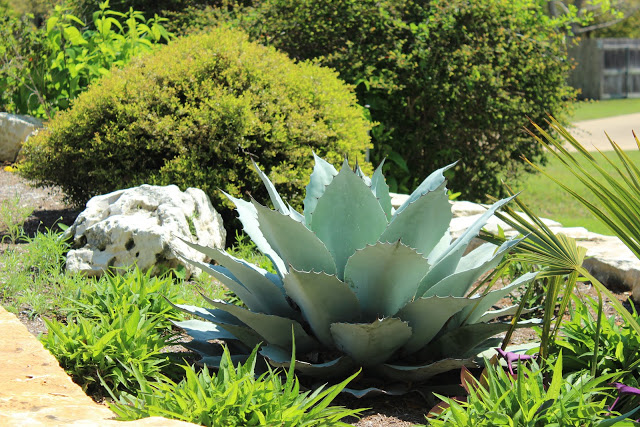


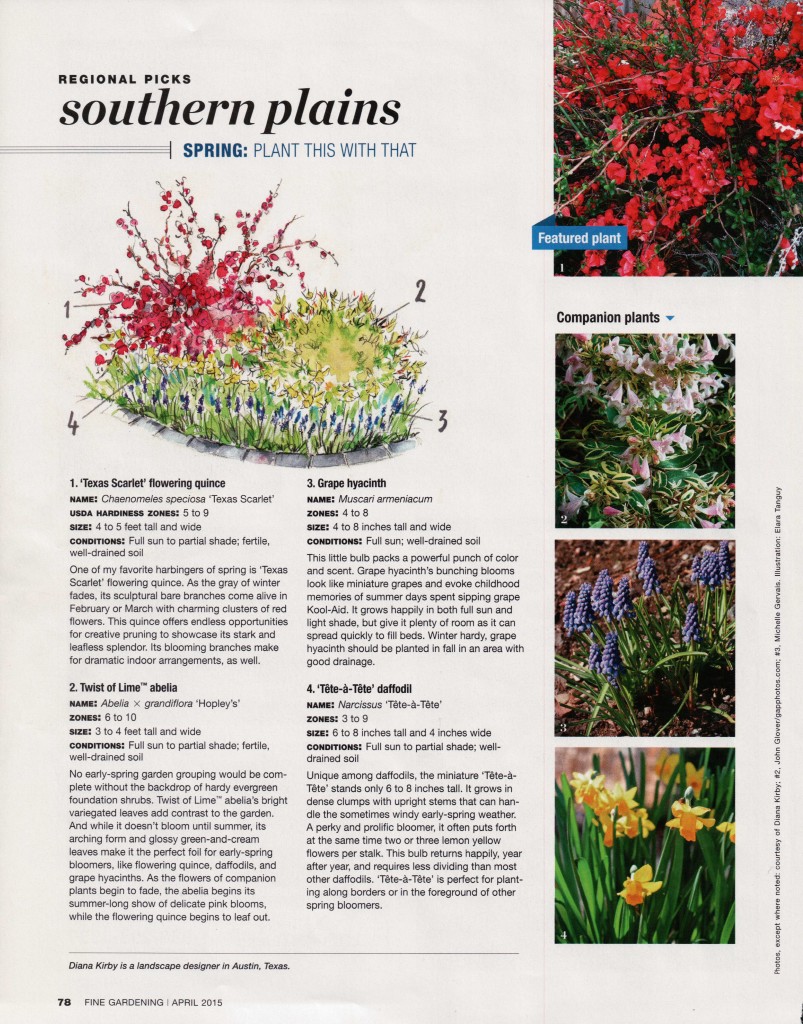
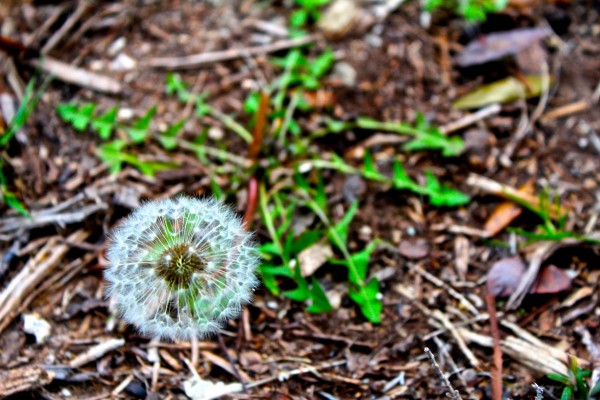

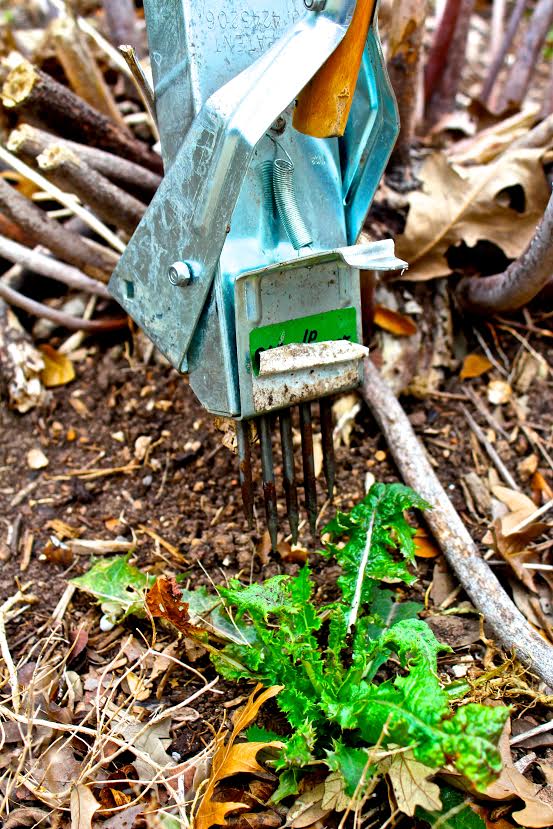
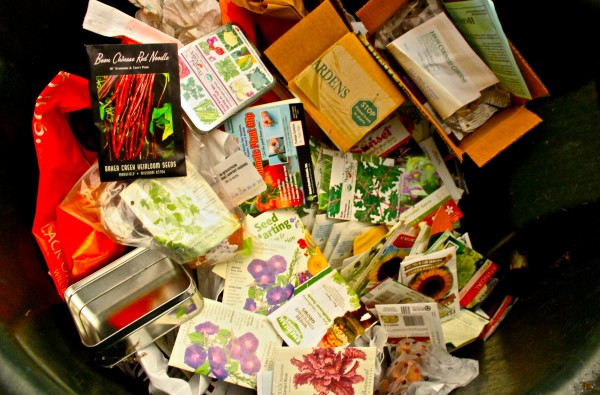 It’s seed-sowing time in Central Texas. Indoors, that is. If you’re eager to try some new varieties of vegetables in your spring garden, now is the time to check out seed catalogs and the seed displays at your local independent nurseries.
It’s seed-sowing time in Central Texas. Indoors, that is. If you’re eager to try some new varieties of vegetables in your spring garden, now is the time to check out seed catalogs and the seed displays at your local independent nurseries.